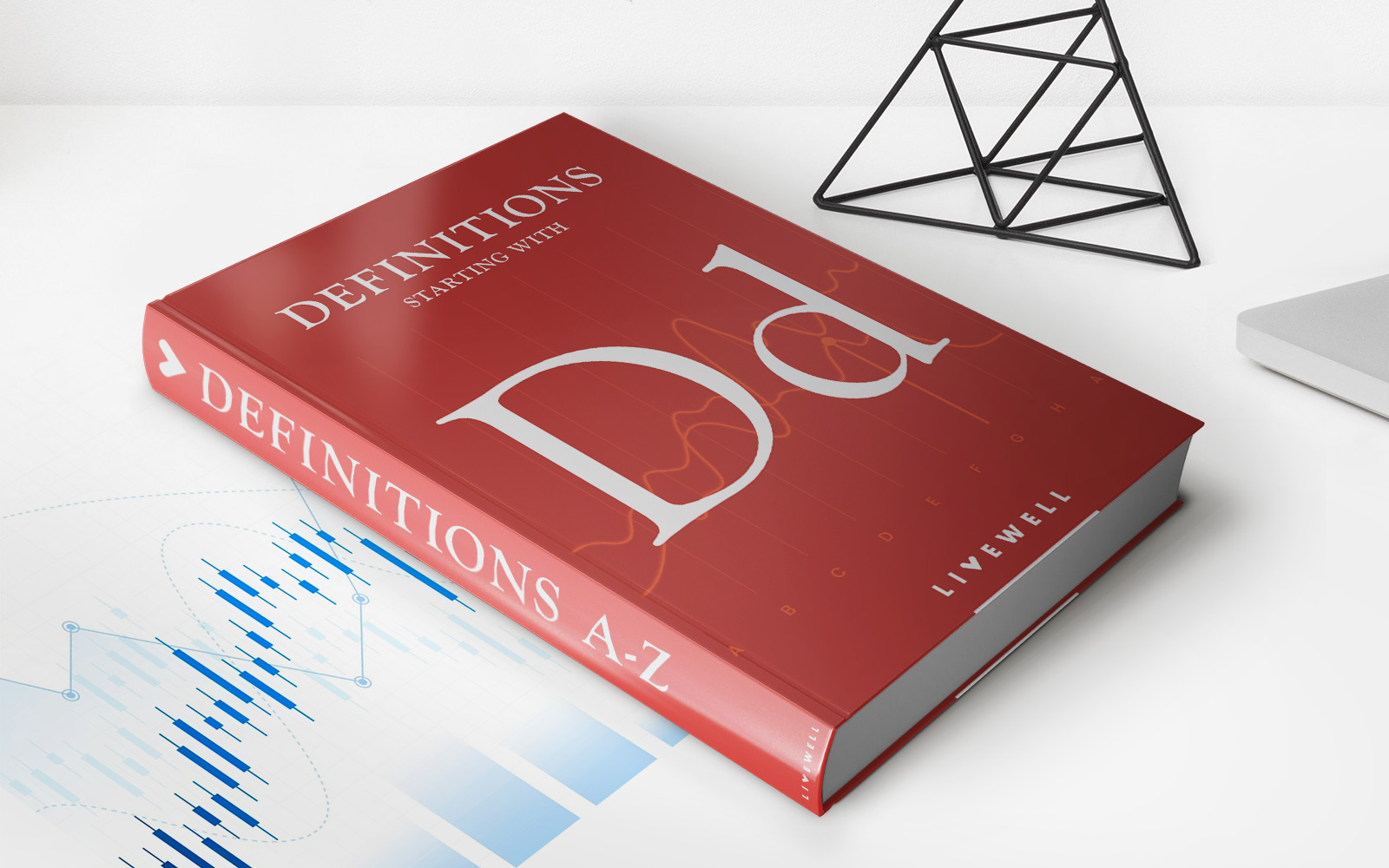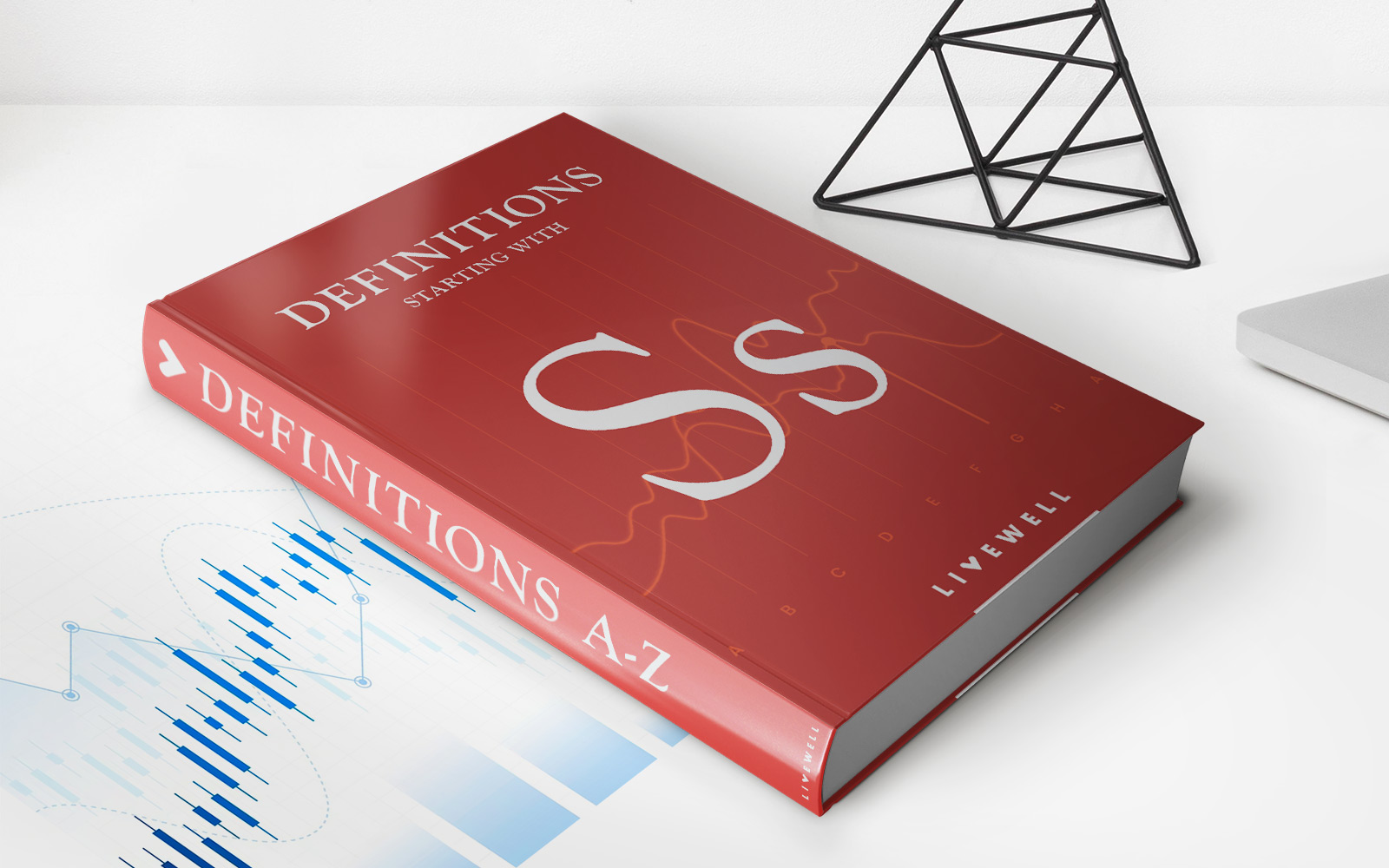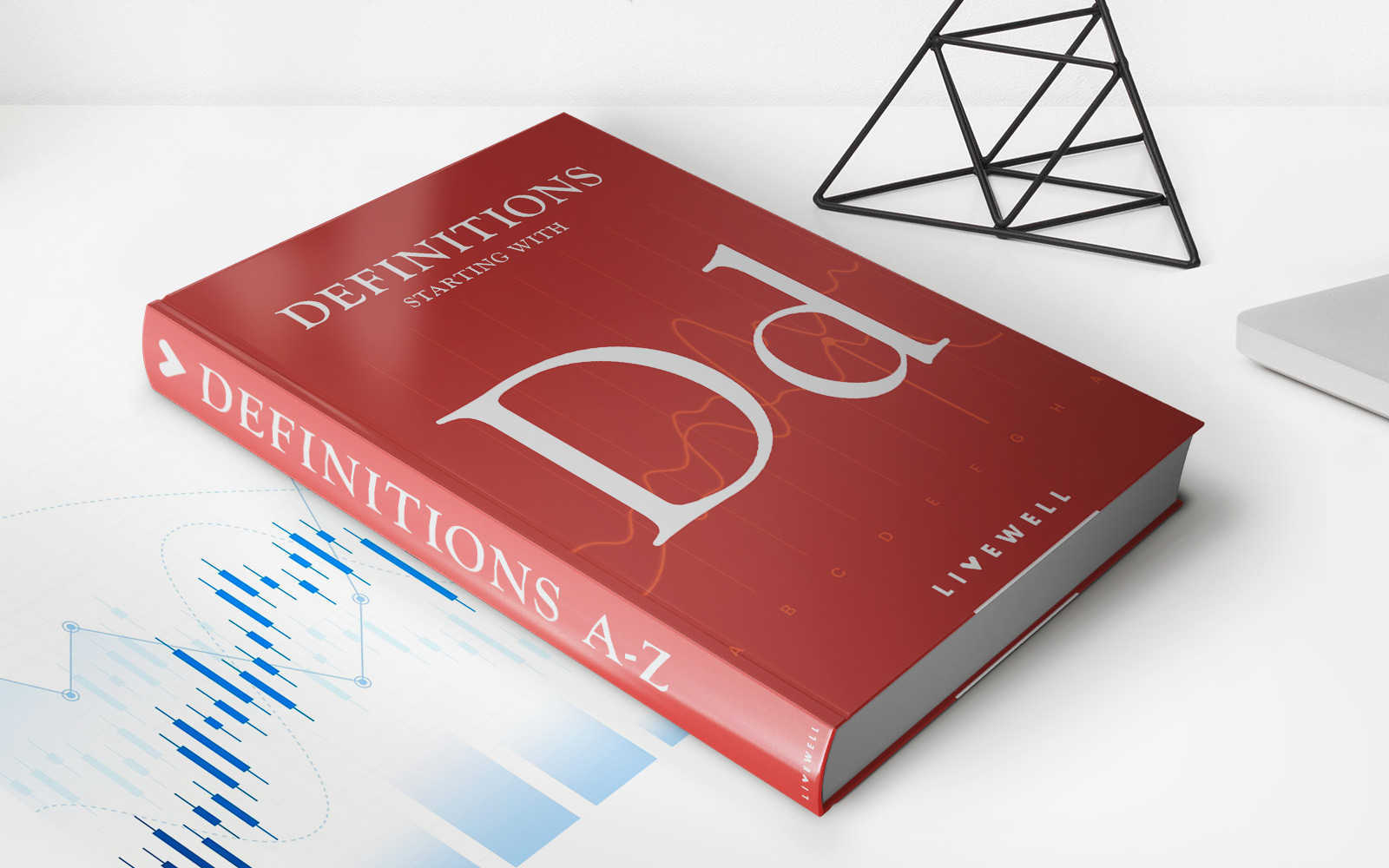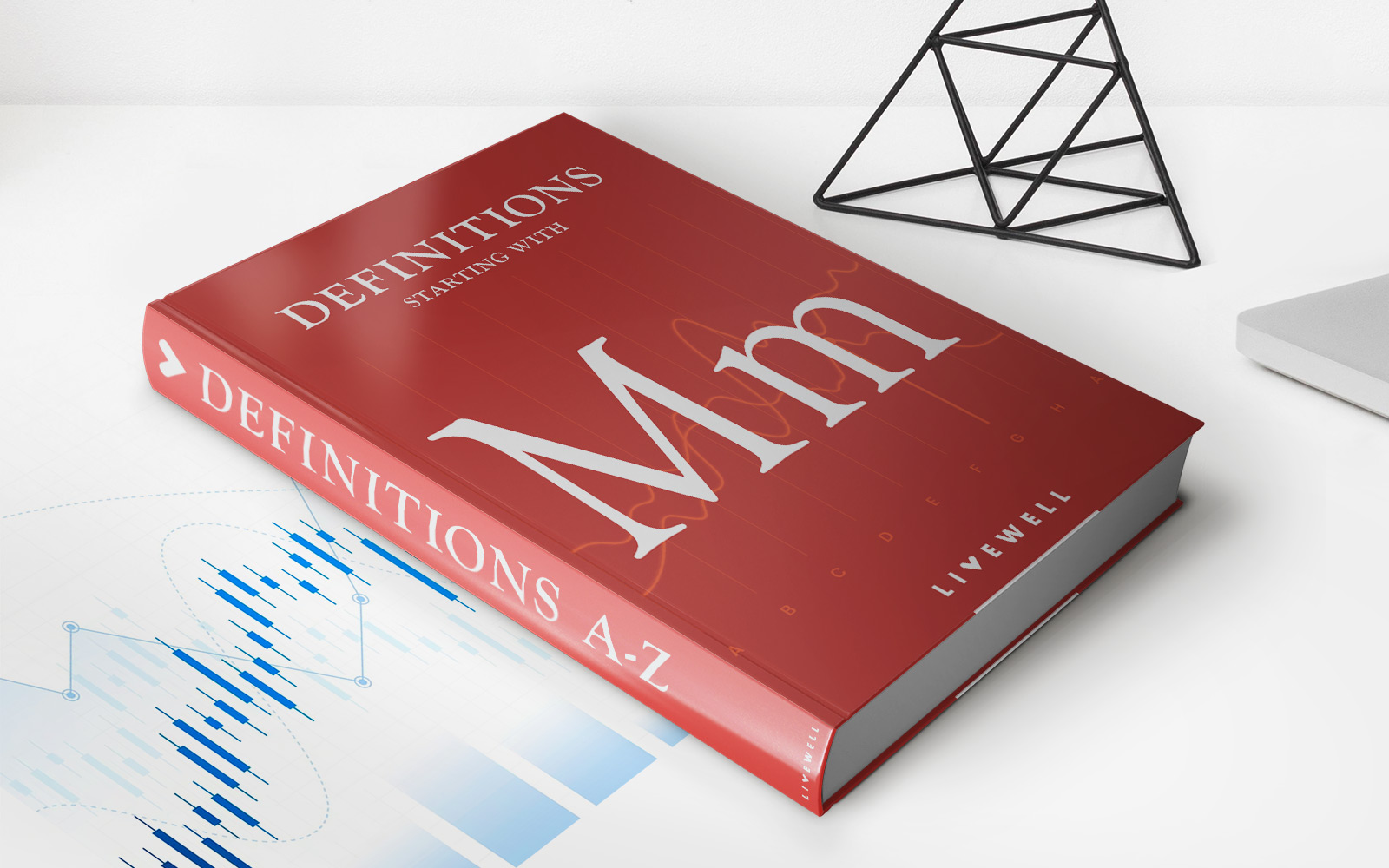Home>Finance>Soft Dollars: Definition, Arrangement Examples, Vs. Hard Dollars


Finance
Soft Dollars: Definition, Arrangement Examples, Vs. Hard Dollars
Published: January 30, 2024
Learn the definition of soft dollars in finance, explore different arrangement examples, and understand the difference between soft dollars and hard dollars.
(Many of the links in this article redirect to a specific reviewed product. Your purchase of these products through affiliate links helps to generate commission for LiveWell, at no extra cost. Learn more)
Understanding Soft Dollars in Finance
When it comes to managing finances, there are various terms and concepts that can often be confusing. One such term is “soft dollars.” In this article, we will demystify the concept of soft dollars, explore examples of how they are used, and compare them to hard dollars.
Key Takeaways:
- Soft dollars are a form of payment that investment managers receive, which allows them to pay for research and other services.
- Unlike hard dollars, soft dollars are not actual cash transactions but rather commission credits that can be used to obtain services or research.
So, what exactly are soft dollars? In the world of finance, soft dollars refer to a form of payment that investment managers receive from brokerage firms or other financial institutions. Instead of receiving actual cash, these managers receive commission credits, which can be used to access various services or research that can help them make informed investment decisions.
This arrangement allows investment managers to obtain valuable services without having to directly pay for them using traditional cash transactions. It is important to note that the use of soft dollars is legal and regulated, provided that the services obtained benefit the investment clients.
Examples of Soft Dollar Arrangements:
Let’s take a closer look at some examples to better understand how soft dollars work:
- Research Services: An investment manager may use soft dollars to pay for research reports, investment analysis, or market data from third-party providers. These research services can provide valuable insights to better inform investment decisions.
- Technology and Software: Soft dollars can also be used to cover expenses related to technology and software. For example, an investment manager may use soft dollars to pay for trading platforms, data feeds, or portfolio management systems.
- Education and Training: Investment managers may utilize soft dollars to attend conferences, seminars, or training programs that enhance their skills and knowledge in the field.
It is worth noting that all soft dollar arrangements must comply with the regulations set by the Securities and Exchange Commission (SEC) and other relevant governing bodies. These regulations ensure that the services obtained through soft dollars benefit the investment clients and do not result in excessive or unnecessary expenses.
Soft Dollars vs. Hard Dollars:
Now that we understand what soft dollars are, let’s compare them to hard dollars. Hard dollars, unlike soft dollars, refer to the actual cash payments made by investment managers for services or research. When using hard dollars, investment managers pay for the services directly using their own funds.
Here are a few key differences between the two:
- Form of Payment: Soft dollars are commission credits received by investment managers, while hard dollars are actual cash payments.
- Method of Payment: Soft dollars are typically deducted from the commission generated by investment transactions. In contrast, hard dollars are paid directly from the investment manager’s funds.
- Transparency: Soft dollar arrangements can sometimes lack transparency due to their intangible nature. Hard dollars, on the other hand, involve visible cash outflows.
- Regulations: Soft dollar arrangements are subject to specific regulations to ensure they benefit the investment clients. Hard dollars typically have fewer regulations attached to them.
While both soft and hard dollars have their place in the financial industry, it is essential for investment managers and clients to understand the distinctions between the two to make informed decisions about how to allocate resources and obtain services.
Conclusion
Soft dollars are commission credits that investment managers receive and can utilize to obtain valuable services or research. This arrangement allows for the acquisition of important resources without direct, traditional cash transactions. While soft dollars have specific regulations, they are a legitimate and regulated payment method in the finance industry. Understanding the differences between soft dollars and hard dollars helps investment managers and clients determine the most suitable approach for their financial needs.














